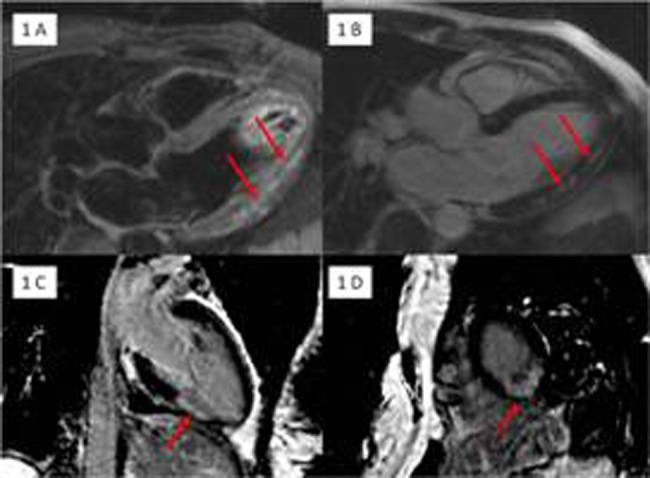Abstract
Background:
It has been shown that a new Tissue Doppler index, E/ (E’×S’), is able to predict a high level of left ventricular (LV) end-diastolic pressure (E = early diastolic transmitral velocity, E’ = early diastolic mitral annular velocity and S’ = systolic mitral annular velocity). The purpose of our study was to investigate whether E/ (E’×S’) could be a predictor of cardiac death in patients hospitalized with acute decompensated heart failure (ADHF).
Methods:
We determined E/ (E’×S’) in 131 consecutive patients hospitalized with ADHF, in sinus rhythm, after appropriate medical treatment. The average of the velocities from the septal and lateral mitral annular sites was used. Patients with inadequate echocardiographic images, congenital heart disease, paced rhythm, significant primary valvular heart disease, acute coronary syndrome, coronary revascularization during follow-up, severe pulmonary disease, malignant neoplasia, renal failure, were excluded. Only 105 patients formed our study group. The primary study end-point was definite as cardiac death.
Results:
In our study group, the mean LV ejection fraction was 38 ± 14%. During the follow-up period (36.5 ± 12.7 months) cardiac death occurred in 17 patients (16.1%). Mean E/ (E’×S’) was 3.81 ± 0.79 in these patients, while it was 1.58 ± 0.86 in the rest (p < 0.001). The optimal E/ (E’×S’) cut-off to predict future cardiac death was 2.9 (81% sensitivity, 87% specificity). Cardiac death was significantly higher in the group of patients with E/ (E’×S’) > 2.9 than in the rest with E/ (E’×S’) ≤2.9 [13 (50%) vs. 4 (5.1%), p < 0.001]. On multivariate Cox analysis including the variables that predicted cardiac death on univariate analysis [N-terminal pro-brain natriuretic peptide levels, severe mitral regurgitation, LV ejection fraction, left atrial volume index, E/A (A = peak late diastolic transmitral flow), S’, E’, E/E’ ratio, E/ (E’×S’) >2.9, LV ejection fraction ≤40% combined with E/E’ >15, and restrictive pattern], the E/ (E’×S’) index >2.9 was the only independent predictor of cardiac death (HR = 7.3; 95%CI = 1.4-26.3; p = 0.002).
Conclusions:
In patients with ADHF, E/ (E’×S’) >2.9 is an important independent long-term prognostic index of cardiac death.































